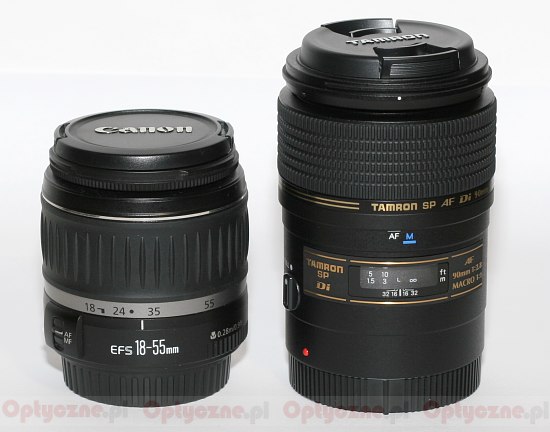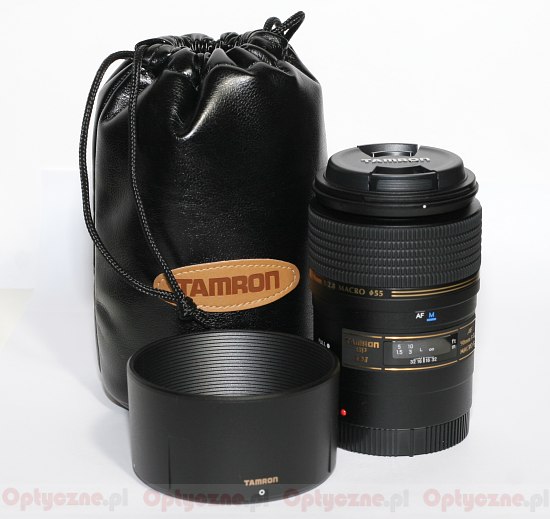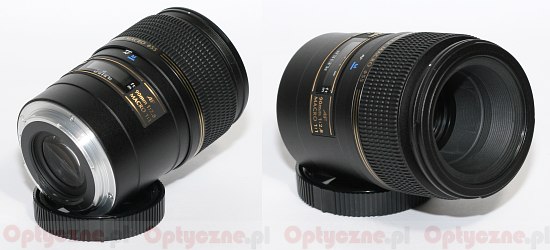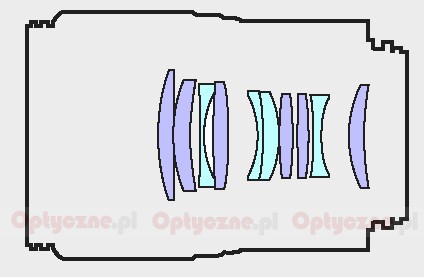Tamron SP AF 90 mm f/2.8 Di Macro
3. Build quality

The lens is of average dimensions, when we do not try to focus it at a very short distance. Then the sleeve with the front element moves out so much that the lens grows in dimension almost two times! Fortunately, the constructors foresaw two modes of work, which is switched with a special button: full, in which the lens is focusing in its full range from 0.28 m to infinity. Here, focusing lasts long. It is slow and noisy. and we have to wait for the whole barrel to move out. The second mode, limited to minimum distance of 0.4 m, in which the pipe moves out only to one third of its length. Thanks to this the lens in normal conditions, not macro, works much faster.
Please Support UsIf you enjoy our reviews and articles, and you want us to continue our work please, support our website by donating through PayPal. The funds are going to be used for paying our editorial team, renting servers, and equipping our testing studio; only that way we will be able to continue providing you interesting content for free. |
- - - - - - - - - - - - - - - - - - - - - - - - - - - - - - - - - - - - - - - - - - - - - - - -

There is the same system used in Tamron as in Sigma 2.8/105. It means that the front element of the lens is hidden very deeply in the casing (about 4-5 centimetres), which puts the usefulness of the attached to the set lens hood in question, but it increases the dimension of the lens. One of the most important parameters, when choosing a macro lens is minimum focus distance. If a manufacturer counts it from the front element or a focal plane, everything is all right. If, on the other hand, they came out with an idea of counting it from the end of the casing of the lens, it increases the length of 4-5 centimetres. And this can only have a deep marketing meaning! That is why buying a macro lens, we should not only check the minimum focus distance, but also from which point it is measured.

Inside of Tamron we have to do with 10 elements set in 9 groups and a 9 blades diaphragm, which can be stopped down up to f/32. The lens ends with a filter thread of the size of 55 mm.







